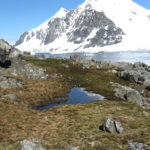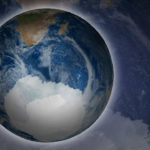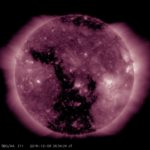Design of an HF-VHF Ice Penetrating Synthetic Aperture Radar
1 June, 2022 by Keith Nicholls
The design of an HF-VHF frequency modulated continuous wave radar intended for use with an autonomous rover in the polar regions is presented. The RF front-end, antenna design and deramped…Read more on Design of an HF-VHF Ice Penetrating Synthetic Aperture Radar



